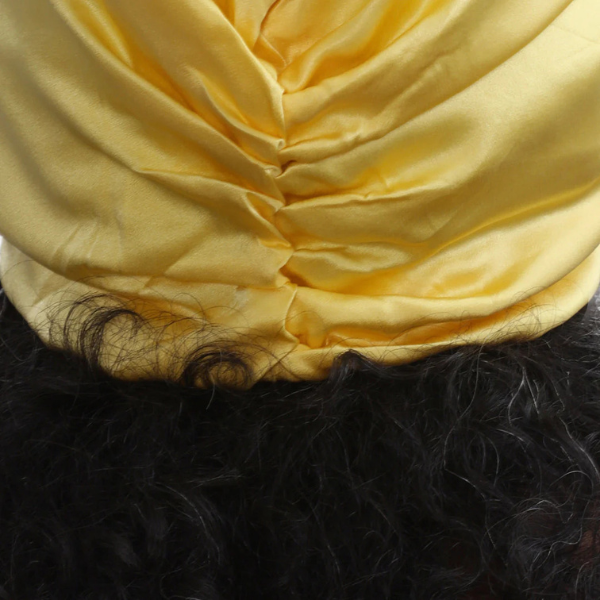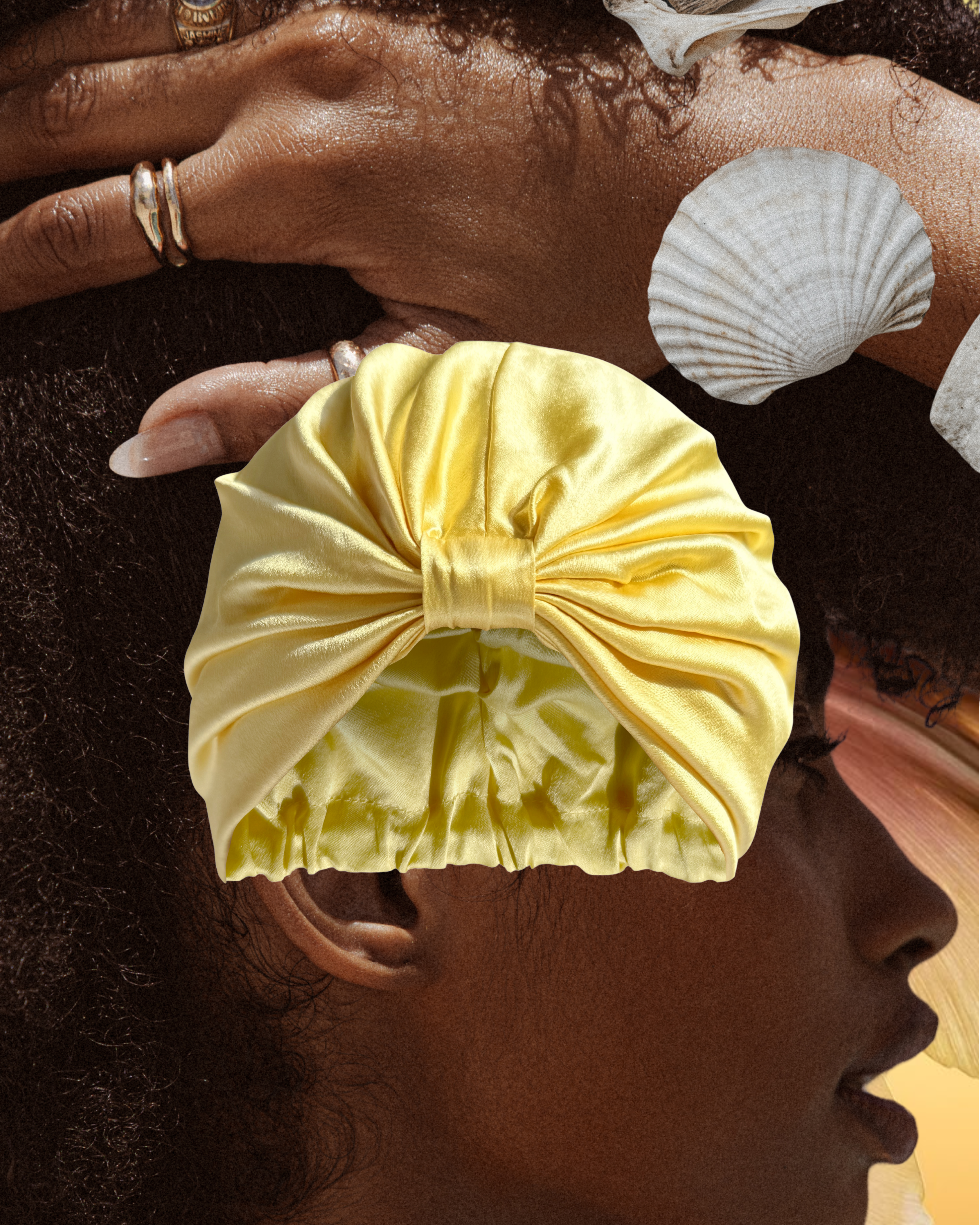Organic Silk vs. Other Fabrics — Everything You Need to Know

When it comes to protecting and enhancing your hair health, choosing the right fabric for your hair bonnet or pillowcase can make all the difference. While satin is often considered a popular alternative, organic silk is quickly becoming the preferred choice.
Organic silk, produced without the use of harmful pesticides or synthetic fertilizers, offers natural benefits that go beyond just a luxurious feel. In this comparison, we’ll explore how organic silk stacks up against other fabrics, particularly satin, and why it may be the better option for your hair care routine.
What is Organic Silk?
Organic silk is a natural fiber derived from the cocoon of the silkworm, cultivated in an eco-friendly manner without harmful chemicals. The cultivation process respects the environment, ensuring that the fabric is free from toxins, making it both sustainable and gentle. Organic silk’s smooth texture and moisture-regulating properties make it an ideal choice for promoting healthy hair.
What is Satin?
Satin is a fabric that often mimics the smoothness of silk but is typically made from synthetic fibers like polyester or nylon. While satin can have a similar shiny appearance, it lacks the natural benefits of silk and may not provide the same level of moisture retention or breathability. Satin is usually a more budget-friendly option but may not offer the same long-term advantages as organic silk.
What are the Benefits of Organic Silk?
Organic silk’s smooth texture reduces friction between hair strands and the fabric, preventing hair breakage, split ends, and frizz. The fabric’s breathable qualities also help maintain scalp health, preventing overheating and moisture loss. Additionally, organic silk naturally retains moisture, keeping hair hydrated overnight, which is especially beneficial for those with dry or curly hair.
Studies have shown that silk can help reduce the effects of hair damage by minimizing friction and providing a gentle environment for hair growth. These factors make it an excellent choice for protecting your hair while you sleep.
What are the Benefits of Satin?
Satin, while offering a smooth surface, is typically made from synthetic materials that do not allow the scalp to breathe as effectively as organic silk. This can lead to moisture buildup and discomfort for some users, particularly in warmer climates. While satin can help reduce friction, it may not be as effective at hydrating or protecting hair as organic silk. While satin still provides a smooth surface that reduces frizz and tangling, it lacks the natural moisture-regulating properties of organic silk, meaning it may not lock in moisture as effectively or support long-term hair health in the same way. Additionally, synthetic satin may not be as breathable, potentially leading to an increase in scalp irritation or discomfort for some individuals.
The Key Differences Between Organic Silk and Satin
One of the most notable differences between organic silk and satin is the composition of the fabrics. Organic silk is a natural fiber, while satin is often made from synthetic materials, which means organic silk is more breathable and more effective at regulating moisture. This results in a gentler experience for your hair and scalp, promoting healthier hair over time.
Moreover, organic silk's natural amino acids and proteins are known to nourish hair and skin, while satin, being made of artificial fibers, does not offer these same benefits. Organic silk is also more durable and retains its luxurious softness and texture longer than satin.
Sustainability Considerations: Organic Silk vs. Satin
When considering sustainability, organic silk has an edge due to its natural and eco-friendly cultivation process. Unlike satin, which is typically made from petroleum-based products like polyester, organic silk is biodegradable and less harmful to the environment. Furthermore, because silk production is generally a low-impact process, it aligns with more sustainable, ethical practices compared to synthetic fibers that contribute to microplastic pollution.
Why Choose Organic Silk for Your Hair?
If you’re seeking the best for your hair and scalp, organic silk offers unmatched benefits that satin simply can't match. From reducing friction to retaining moisture and promoting healthy hair growth, organic silk is an investment in both your hair’s health and the planet’s future.
Incorporating organic silk into your hair care routine — whether through silk bonnets, pillowcases, or scrunchies — can provide long-term protection and help maintain the integrity of your hair. Though satin may serve as a more affordable option, organic silk's advantages far outweigh the cost difference for anyone serious about maintaining healthy, beautiful hair.
By choosing organic silk, you’re not only making a wise decision for your hair’s health but also making an eco-conscious choice that benefits the environment and supports sustainable farming practices.


Comments